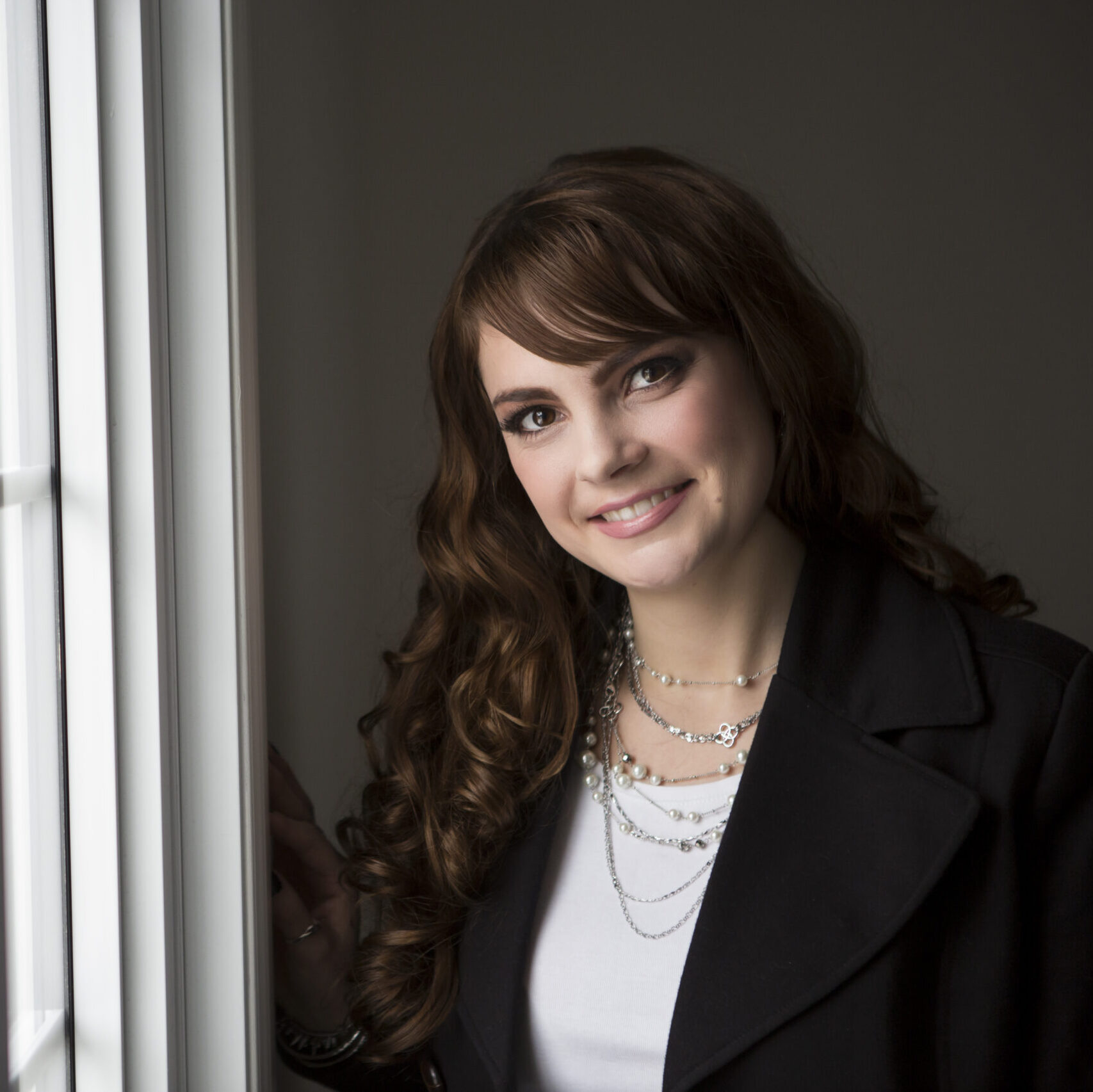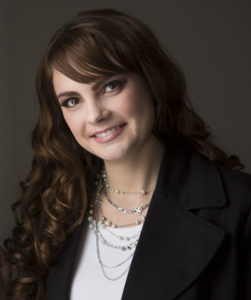Under the Tuscan Sun – Movie Analysis
Welcome to Writers’ Uni-Verse-City (or WUVC for short because every university has an acronym), a place where writers/bloggers can meet to discuss the craft of writing in the Internet age. I want to learn what it takes to make it in the world of writing and publishing and nowadays there is a wealth of information on the web. WUVC will involve independent research, setting a curriculum and hopefully finding other participants (like you – readers/bloggers/writers) to: chip in, give tips, suggest books and other materials for study, teach me the ways of the warrior writer, and offer to guest post here at Uni-Verse-City.
Under the Tuscan Sun is one of my favorite movies and I’ve seen it at least five times. So I decided it would be a great movie to analysis in terms of “parts of a novel” because since I’ve seen it so many times it would be easier to resist the escape and focus on its elements.
 Some quick facts about Under the Tuscan Sun:
Some quick facts about Under the Tuscan Sun:
- The book entitled “Under the Tuscan Sun” by Frances Mayes was published in 1997 by Random House.
- The book is a memoir based on Frances Mayes experiences in restoring an Italian villa.
- The movie by the same name, starring Diane Lane and directed by Audrey Wells, was released in 2003.
- The movie grossed nearly $59,000,000 internationally.
As we looked at Bob Mayer‘s book, “The Writer’s Toolkit”, last week, he advised in his book:“Now, before you begin to write your book, you should find a novel similar to what you plan to write that is already published. […] Then you should sit down with your razor sharp brain and cut it apart to see all the pieces. Then put them together again to see how they all fit.”
I knew about the movie before the book so, for now, I will answer below the questions Bob Mayer poses in his book in regards to the movie version:
1. What was the original idea the author started with? As this movie is based on the book, which is a memoir, I don’t know if the author had an “orginal idea” since it was based on her real life. But the original idea was: a woman who found herself unexpectedly divorced had to find a way to recover.
2. How did the author translate that idea into a story? What twist did the author put on the original idea? The author’s twist was that the protagonist, Frances, went on a gay tour of Italy and ended up buying a house there and staying in Italy. The protagonist changed her life completely in order to let go of her old life.
3. What is the theme/intent to this story? The intent is a hard concept for me to nail down completely, but for “Under the Tuscan Sun”, I think the intent is building “relationships” and the theme is on creating/finding your own happiness. Maybe someone reading this could provide me with a better explanation for this one?
4. Why did the author begin where he or she did? The movie began at the book launch of one of Frances’ students, which introduces the protagonist to the reader immediately. The protagonist is a teacher and a writer who is struggling to finish her book. At the beginning of the movie, the crisis is also presented: she learns that her husband is cheating on her.
5. Why did the author chose the perspective he or she did? The movie was from the perspective of the protagonist because it is her life that we are following and invested in. I’m assuming the author chose to write in first person as it was a memoir.
6. What scope did he or she place on the story? It wasn’t clear how far the scope was for the movie. Frances went to Tuscany in what appeared to be the late summer or autumn and Christmas passed and turned into spring or summer near the end of the movie. So I would guess that the movie spanned over one year of Frances restoring the villa, building new relationships and a new family, and creating a new life in Italy. I would have to refer to the book to get a true idea of the scope of Mayes’ memoir.

7. What is the pacing of the story? The pacing of the story started out with Frances needing to release her mind and heart from the burden of divorce (and men) and after moving to Italy she deals with increasingly bigger problems. After buying a villa in Tuscany, Frances struggles with: a thunderstorm, a snake & owl coming into the house, hiring men to repair the house, and finally with being heartbroken again when the Italian man, Marcello, finds another woman. Frances was again hurt by a man who left her for another woman and she breaks down: “What more can I do!” Diane Lane’s character yells. This is what I think was the climax of the movie.
8. How did the author bring the story to a conclusion? Frances’ relationships with her friends reach two great moments. She gets her wish: a family (her best friend gives birth) and a wedding (a young couple she is close with) in the big house she bought and fixed up. She doesn’t need a man to get what she wants and to be happy. She can do it on her own.
9. What did the author do that you liked? I don’t know if the screenplay was written a lot differently than the book, but many symbols were used in the movie which made the viewer feel the emotions Frances experienced. (1) The house was Frances: sad, broken like she breaks down a wall. Slowly day-by-day she fixes it with the help of her new Polish friends (workers). (2) She sees a tap and turns the knob and only a drip of water comes out. The tap has run dry, in the middle of the movie the tap begins to drip faster and at the end water gushes out.
(3) Another symbol was the ladybug. Her Italian friend also left by the man she loves tells Frances a story of when she was as a little girl trying so hard to catch ladybugs and then gave up and fell asleep in the grass and when she awoke they were all over her. At the end of the movie Frances has a ladybug on her arm and it is picked off by a new man who came to meet the writer living in Italy.
10. What did the author do that you didn’t like? There isn’t something I can think of that I didn’t like about this movie or how it was directed. How about anyone who read the book? Anything to add here?
11. What didn’t the author put in the book that you might have? Why didn’t the author put that in? It’s hard to know what was cut from the book for the movie. It could be possible that there was more to the story before Frances went to Italy and before she purchased the house. It did seem a bit quick that the tour bus just happened to drive by the villa that Frances saw advertized for sale in town. I think that if there was more time spent on these parts in the book, they were probably removed from the film for time’s sake. If included they might have slowed down the pace of the movie and made it too long.
12. What was in the book that you feel could have been left out? How would the story change if it were left out? Usually movies tend to be quite tight without any extra scenes. I don’t think there was anything that could have been left out.
13. What were the subplots? How did they connect with the main plot? Did all the subplots get resolved? There were three subplots that I counted. One was Frances’ relationship with her friend, Patti, who got pregnant. Her friend finally gets pregnant after five trials. When Patti’s girlfriend leaves her, she is distraught and goes to Italy to visit Frances. The second subplot is Frances finding Marcello and how there is a struggle to keep their romance alive due to the obstacles of the three-hour distance between them and their personal commitments. The third subplot is the love between Pawel (the young Polish man helping fix Frances’ villa) and a young Italian girl, Chiara. The two fight for their love against Chiara’s parents who don’t approve of the match. All the subplots were resolved in the end and their resolutions contributed to Frances’ happiness.
14. Why did the author pick the settings he or she did? The movie was set in Tuscany, Italy. As I haven’t read the book, I don’t know if Frances actually chose Italy or Italy chose her like her friend gave her the ticket in the movie. I think Italy is a natural choice for someone who wants a big change, a place to revel in the natural beauty of the land, enjoy the comfort food, the great wine and the friendly Italian company.
As I didn’t keep a pen and paper handy as I watched the movie, I may have missed a few points. But if I do get a hold of the book, I will definitely read it with an even more analytical eye so that I can learn more. The only thing is that this book is a memoir and I don’t know if the story structure is the same for fiction. So I will have to look into this further as well. I read a great article by Adair Lara in Writer’s Digest on the key elements of a memoir which helped shed some light on this subject.
My only problem was that I couldn’t identify the antagonist as Kristen Lamb has stressed the importance of on her blog, where she also did a movie analysis on “Finding Nemo”. My “educated” guess would be that the antagonist is the villa, which in the movie represents Frances’ unhappiness and broken heart due to the divorce. Although, to me the more obvious in-person antagonist would be her ex-husband even though he never makes an appearance in the movie.
Any insights? What did you think of the book or movie “Under the Tuscan Sun”? Who do you think is the antagonist is (or what) or is an antagonist necessary in a memoir?
Tune in next WUVC Wednesday for: We Are Not Alone – A Writer’s Guide to Social Media by Kristen Lamb

